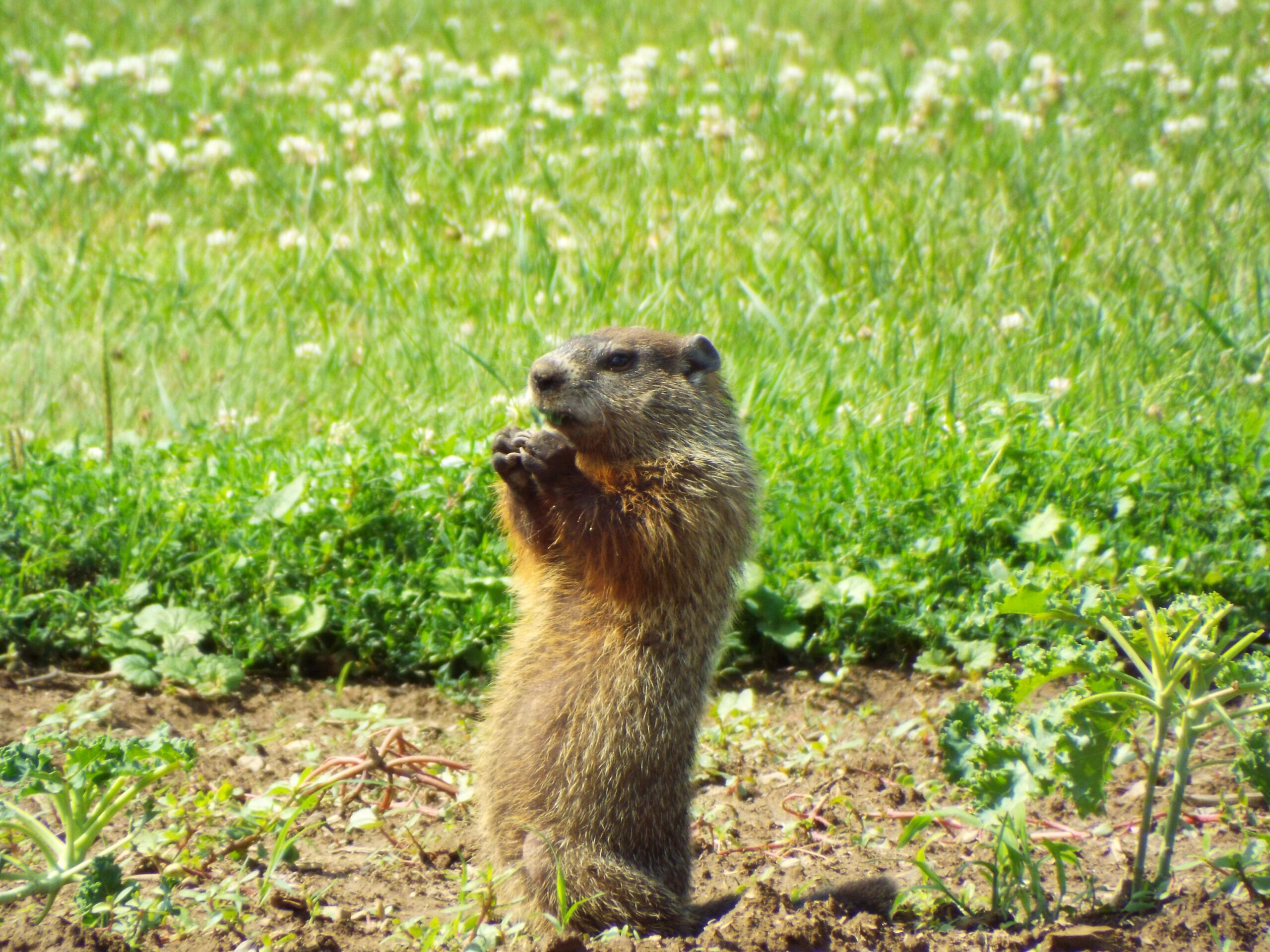- HUMOR
Funniest Friday Memes to Kickstart Your Weekend with Laughter


Groundhogs, also known as woodchucks, can become a major nuisance for homeowners and gardeners due to their burrowing habits and voracious appetite for vegetation. While these creatures are fascinating to observe, their activities can cause significant damage to lawns, gardens, and even building foundations. Understanding what is poisonous to groundhogs and exploring effective control methods can help manage their presence in your yard safely and humanely.
Groundhog control is essential to prevent these animals from wreaking havoc in gardens and landscapes. There are several strategies to manage their population, ranging from natural deterrents to more direct removal methods. One popular approach is habitat modification, which involves making the environment less appealing to groundhogs. This can be achieved by removing potential food sources and shelter, such as tall grasses, woodpiles, and debris.
Fencing is another effective measure. Installing a sturdy fence that extends at least a foot underground can prevent groundhogs from burrowing beneath it. The fence should also be angled outward at the top to deter climbing.
While it may be tempting to use poisons to control groundhog populations, it is important to consider the potential impact on non-target species and the environment. However, certain plants are naturally poisonous to groundhogs and can be used strategically in landscaping. Here is a list of poisonous plants that can deter groundhogs:
Incorporating these plants into your garden can serve as a natural deterrent, though care should be taken to ensure they are not accessible to pets or children.
Trapping is a humane and effective alternative to using poisons for groundhog control. Live traps can be used to capture and relocate groundhogs, provided it is legal to do so in your area. When setting traps, it is important to place them near the entrance of the burrow or along active groundhog paths.
Examples of traps used include single-door cage traps and two-door traps, which allow for easier entry and exit. Baiting the traps with fresh fruits or vegetables, such as apples or carrots, can increase success rates.

To effectively trap groundhogs, using the right bait is crucial. Groundhogs are herbivorous and are attracted to a variety of fruits and vegetables. Some effective baits include:
These baits should be placed inside the trap to lure the groundhog in. It is important to check traps regularly to ensure trapped animals are not left in distress.
If you choose to use chemical poisons as a last resort for groundhog control, it is crucial to follow safety measures to protect yourself, other animals, and the environment. Here are some safety tips for using poison:
Always consider non-toxic methods first and consult with wildlife control professionals if unsure about the best approach.
For those seeking professional assistance in managing groundhog populations, there are numerous resources available. Wildlife removal services specialize in humane and effective control methods tailored to specific situations. Additionally, local extension services can provide guidance on dealing with groundhogs and other wildlife issues.
Consulting with these resources can offer valuable insights and strategies for maintaining a balance between enjoying your garden and coexisting with local wildlife.